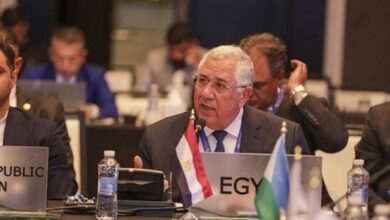
The vast majority of about 200 businessmen and officials implicated in a sweeping crackdown on corruption are agreeing to settlements under which they hand over assets to the government, Crown Prince Mohammed bin Salman told the New York Times.
“We show them all the files that we have and as soon as they see those about 95 percent agree to a settlement,” which means signing over cash or shares in their companies to the Saudi Treasury, the newspaper quoted Prince Mohammed as saying.
“About 1 percent are able to prove they are clean and their case is dropped right there. About 4 percent say they are not corrupt and with their lawyers want to go to court.”
Prince Mohammed repeated a previous official estimate that the government could eventually recover around $100 billion of illicit money through settlements.
The government said two weeks ago that it had questioned 208 people in the crackdown and released seven without charge. Dozens of princes, senior officials and top businessmen are believed to be held in Riyadh’s opulent Ritz Carlton hotel as their cases are processed.
Over 2,000 Saudi bank accounts have been frozen during the probe, causing concern that the crackdown could damage the economy. But the government has insisted that the companies of detained businessmen will continue operating normally.
“We have experts making sure no businesses are bankrupted in the process,” Prince Mohammed told the Times.
He dismissed suggestions that the crackdown aimed to strengthen his political power as ludicrous, noting that prominent people held at the Ritz had already publicly pledged allegiance to him and his reforms. “A majority of the royal family” is behind him, Prince Mohammed said.
“Under Saudi law, the public prosecutor is independent. We cannot interfere with his job — the king can dismiss him, but he is driving the process.”
“You have to send a signal, and the signal going forward now is, ‘You will not escape.’”







